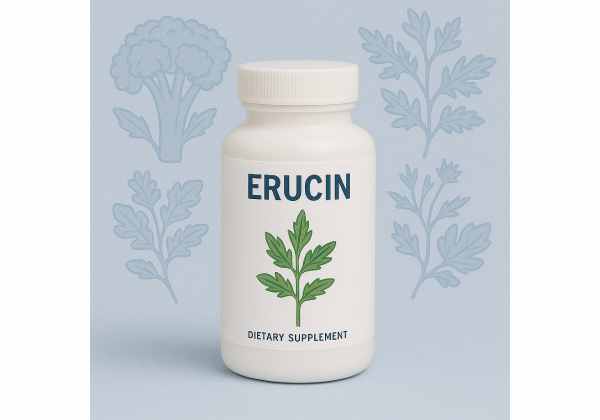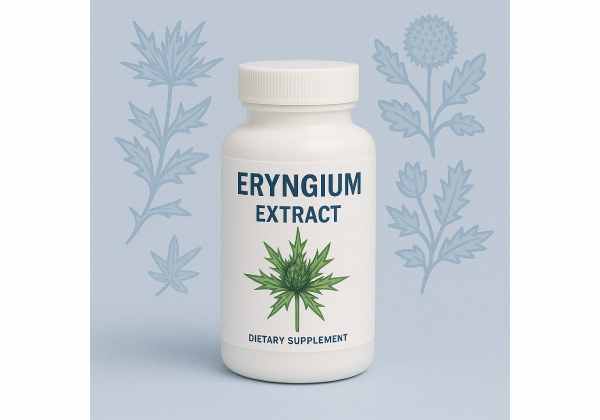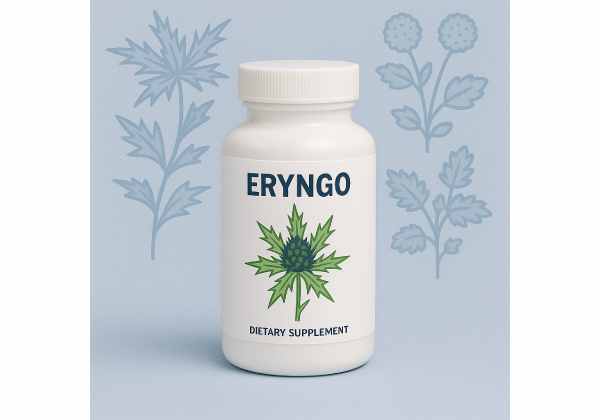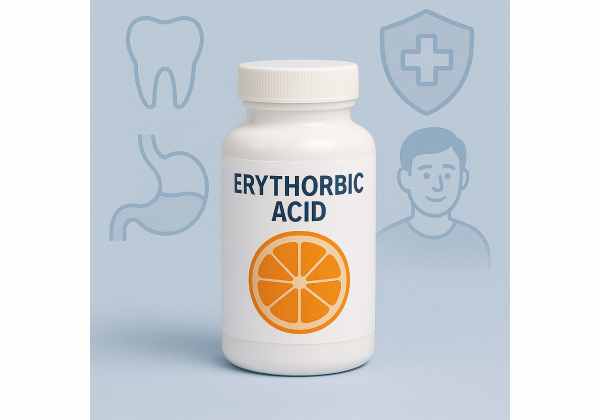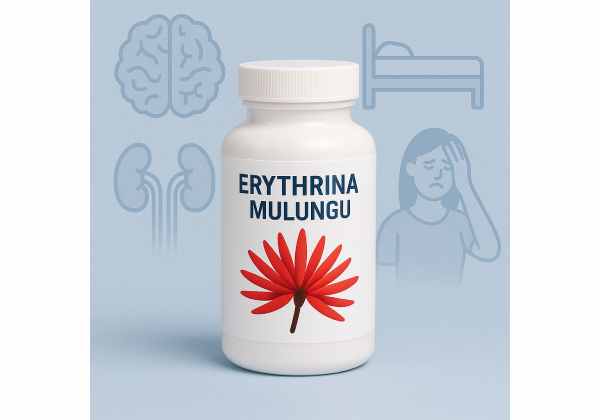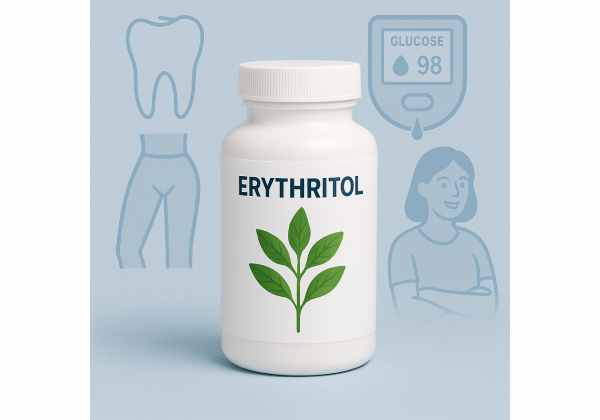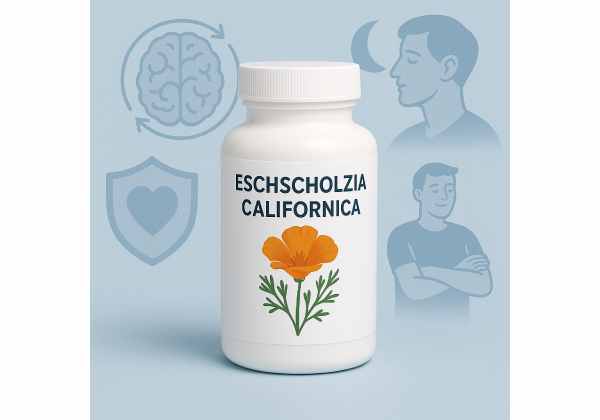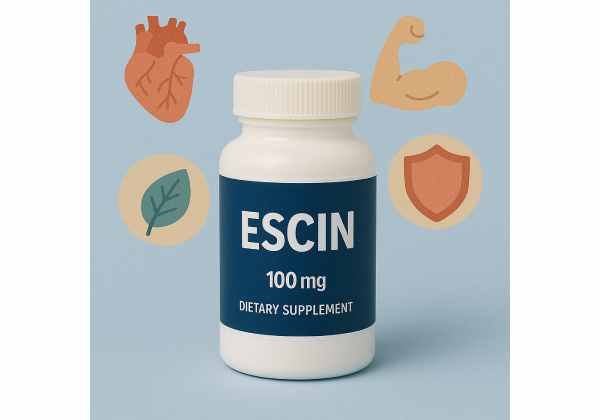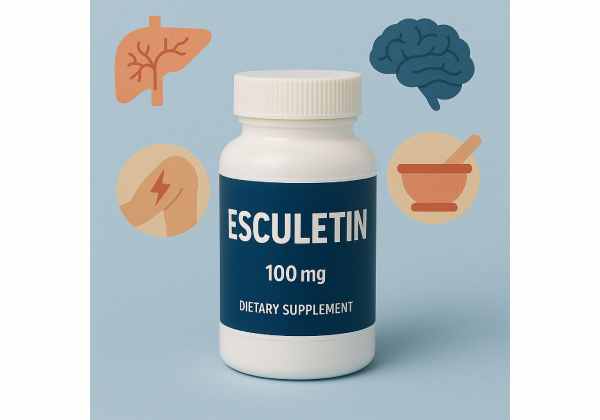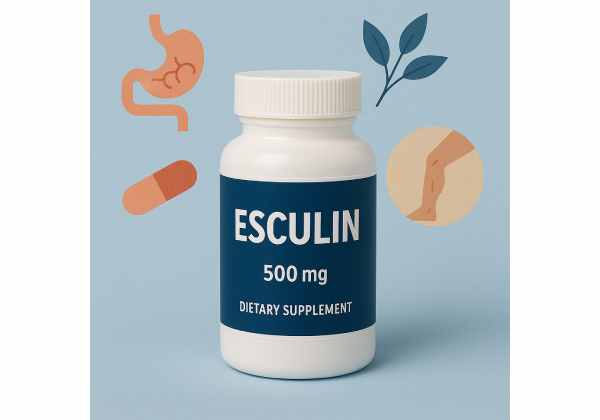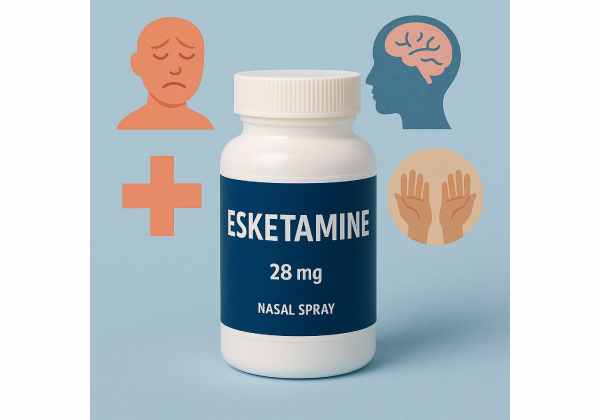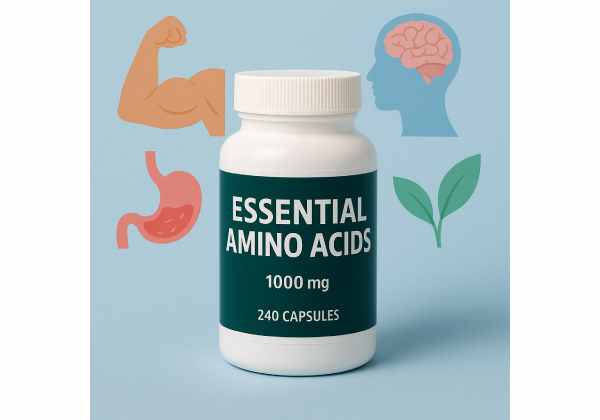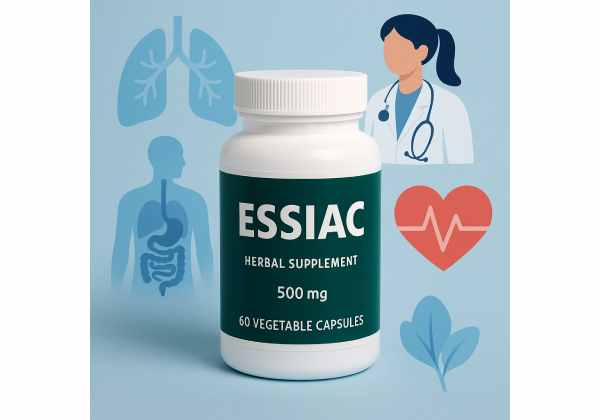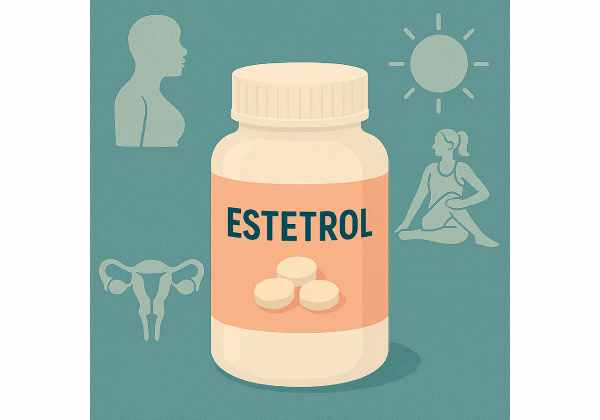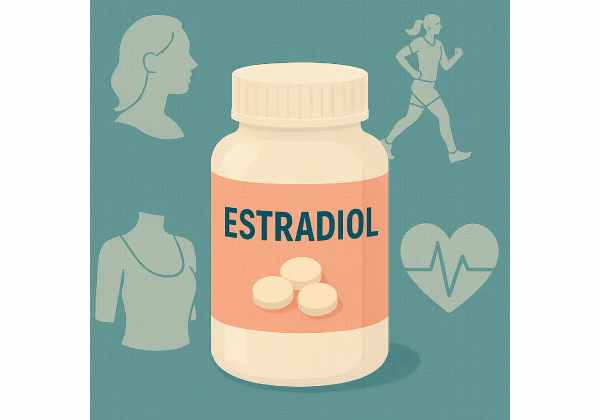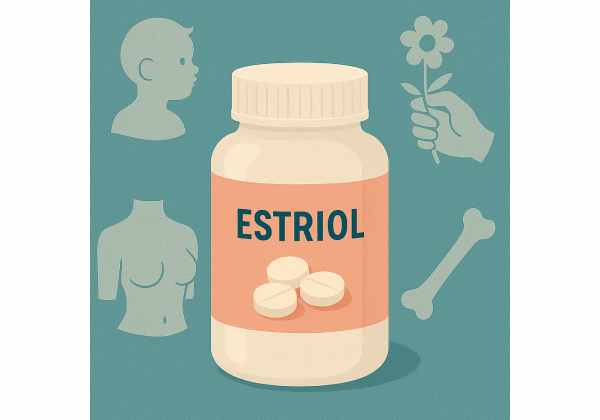Erucin: Natural Detox Benefits, Cancer Support, Dosage, and Safety Explained
Erucin is a naturally occurring isothiocyanate found in arugula (Eruca sativa) and related cruciferous vegetables. In the body, it forms mainly from glucoerucin (a glucosinolate) and can interconvert with the better-known sulforaphane. Researchers are interested in erucin because it appears to trigger the body’s own antioxidant defenses (via the Nrf2 pathway), act as a slow hydrogen sulfide (H₂S) donor...
Eryngium Extract: Detox, Diuretic, Liver Health, and Herbal Uses Explained
Eryngium—best known by species such as sea holly (E. maritimum), culantro (E. foetidum), and E. caucasicum—belongs to the Apiaceae family alongside parsley and coriander. Extracts from these plants are rich in saponins, flavonoids, rosmarinic acid, and other phenolics that have been investigated for metabolic, inflammatory, and antimicrobial effects. Early human trials suggest potential benefits for type 2 diabetes and...
Eryngo Herbal Supplement: Liver Aid, Diuretic Benefits, and Safe Use Guidelines
Eryngo is the common name for several species in the Eryngium genus—striking “sea hollies” and aromatic leafy herbs used in traditional medicine and regional cuisines. Across Europe and the Americas, preparations from different Eryngium species have been used for kidney and urinary discomfort, digestive upset, cough, and metabolic complaints. Modern lab and animal studies suggest antioxidant, anti-inflammatory, and lipid-modulating...
Erythorbic Acid: Top Health Uses, Antioxidant Benefits, and How It Compares to Vitamin C
Erythorbic acid—also called isoascorbic acid and labeled as E315—is a food antioxidant used to keep color, flavor, and freshness in products like cured meats, beverages, and wine. Chemically, it is a stereoisomer of vitamin C, which means it looks similar but does not act as a vitamin in the body. In foods, erythorbic acid slows oxidation, helps stabilize pigments,...
Erythrina Mulungu: Natural Anxiety Relief, Sleep Benefits, and Safe Usage Explained
Erythrina mulungu—often called “mulungu”—is a South American tree long used in Brazilian traditional medicine as a soothing, sleep-supportive herb. Modern lab studies point to distinctive erythrinian alkaloids (such as erythravine and 11-α-hydroxyerythravine) that act on brain nicotinic acetylcholine receptors. Small human trials have explored mulungu for short-term anxiety around dental procedures, usually given as a single capsule dose about...
Erythritol: Zero-Calorie Sweetener with Benefits for Diabetes, Weight Loss, and Oral Health
Erythritol is a popular sugar substitute that delivers sweetness with virtually no calories and minimal impact on blood sugar. Naturally occurring in some fruits and fermented foods—but produced commercially by fermentation—it belongs to the polyol (sugar alcohol) family. Because the body absorbs most erythritol and excretes it unchanged in urine, it tends to cause fewer digestive issues than many...
Eschscholzia californica: Natural Sleep Aid, Benefits, Dosage & Side Effects Guide
California poppy (Eschscholzia californica) is a gentle, fast-acting herb used to ease mild mental stress and support sleep. Traditionally taken as teas or standardized extracts, it contains a family of isoquinoline alkaloids that appear to influence calming neurotransmitter systems. Today, it is available as single-ingredient products and in blends for sleep and relaxation. While evidence from modern clinical trials...
Escin: Top Health Benefits, Vein Support, Dosage, and Potential Risks
Escin (often spelled aescin) is a mixture of saponins derived from horse chestnut seed (Aesculus hippocastanum). For decades, standardized horse chestnut seed extracts containing escin have been used as “venoactive” agents to relieve symptoms of chronic venous insufficiency (CVI)—the heavy, achy, swollen-leg feeling tied to poor venous return. Modern laboratory and clinical data suggest escin helps tighten venous tone,...
Esculetin Supplement Guide: Health Benefits, Uses, Dosage, and Warnings
Esculetin (6,7-dihydroxycoumarin) is a naturally occurring phenolic compound found in the bark of ash trees (Fraxinus species), chicory, Artemisia, and other botanicals. In lab and animal models, it shows antioxidant, anti-inflammatory, and enzyme-modulating effects, and it is being explored as a lead compound for cardiometabolic, dermatologic, and oncology research. Still, there’s an important caveat: despite strong preclinical signals, there...
Esculin Supplement Guide: Vascular Support, Hemorrhoid Relief & More
Esculin is a natural coumarin glycoside found in horse chestnut (Aesculus hippocastanum) bark and leaves and in some ash species (Fraxinus). It shows antioxidant and anti-inflammatory activity in laboratory and animal studies, and it is widely used in microbiology as the substrate in the classic “bile esculin” test. But there’s a crucial distinction for readers: the best-studied horse-chestnut products...
Esketamine: Comprehensive Guide to Benefits, Dosage, Effects, and Mental Health Applications
Esketamine is a prescription nasal spray used for adults with treatment-resistant depression and for depressive symptoms in major depressive disorder with acute suicidal ideation or behavior. It works differently from traditional antidepressants, acting on glutamate pathways to produce rapid relief for some people—often within hours to days. In 2025, its U.S. labeling expanded to allow monotherapy for treatment-resistant depression...
Essential Amino Acids: Best Sources, Science-Backed Benefits, Dosage & Wellness Uses
Essential amino acids (EAAs) are the nine building blocks of protein your body cannot make on its own. You have to get them from food or supplements. Because muscle, enzymes, hormones, antibodies, and neurotransmitters all rely on amino acids, meeting your EAA needs affects far more than exercise performance. For many people—older adults, those recovering from illness, athletes in...
Essiac Herbal Supplement: Immune Support, Detox, Dosage & Wellness Guide
Essiac is a blended herbal tea promoted for “cleansing,” immune support, and—most controversially—cancer care. The original four-herb formula combines burdock root (Arctium lappa), sheep sorrel (Rumex acetosella), slippery elm inner bark (Ulmus rubra), and Indian or Turkish rhubarb root (Rheum palmatum). A popular variant, Flor-Essence, adds four more herbs (watercress, red clover, blessed thistle, and kelp). While many people...
Estetrol: Hormone Replacement, Birth Control Benefits, Dosage & Risks
Estetrol (often abbreviated E4) is a naturally occurring estrogen that the human fetal liver produces during pregnancy. In recent years, a low, oral dose of estetrol combined with the progestin drospirenone has emerged as a modern option in combined oral contraception. Research suggests estetrol shows tissue-selective activity—strong enough to support contraception and genitourinary health, yet with a comparatively modest...
Estradiol Explained: Menopause Relief, HRT, Dosage, and Risks
Estradiol (E2) is the most potent naturally occurring estrogen. It shapes reproduction, bone turnover, brain and vascular function, skin and hair quality, and the health of vulvovaginal and urinary tissues. When estradiol levels fall—most often around the final menstrual period—many people experience hot flashes, sleep disturbance, mood and cognitive changes, joint aches, and genitourinary syndrome of menopause (GSM). Properly...
Estriol for Menopause: Benefits, Dosage, Safety, and Real Results
Estriol (E3) is the “gentlest” of the three principal human estrogens. In pregnancy, it rises markedly; after menopause, it can be prescribed—most often as a low-dose vaginal medicine—to treat the genitourinary syndrome of menopause (GSM), which includes vaginal dryness, irritation, and pain with intercourse, as well as urinary urgency and recurrent infections. Because estriol binds estrogen receptors less tightly...

